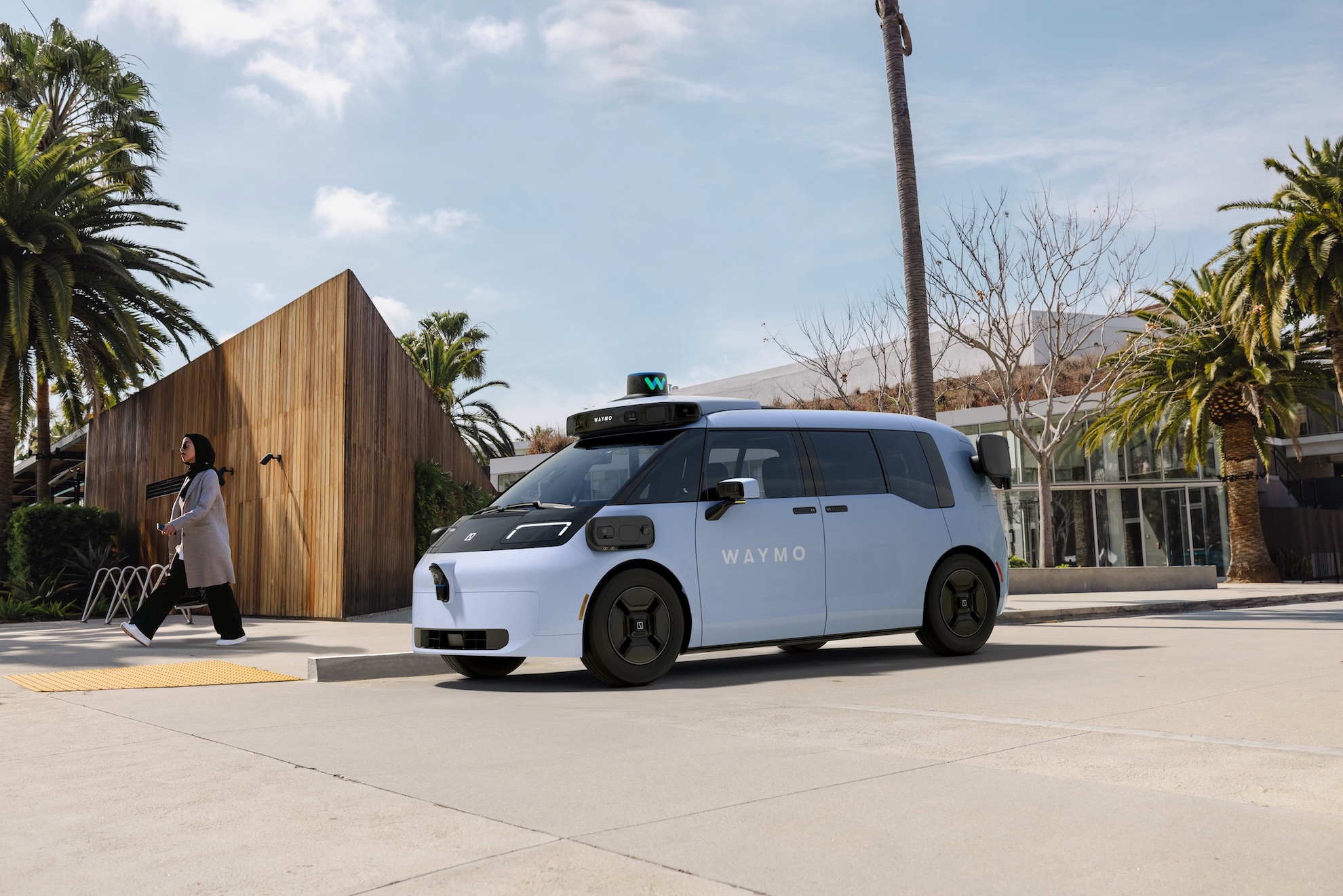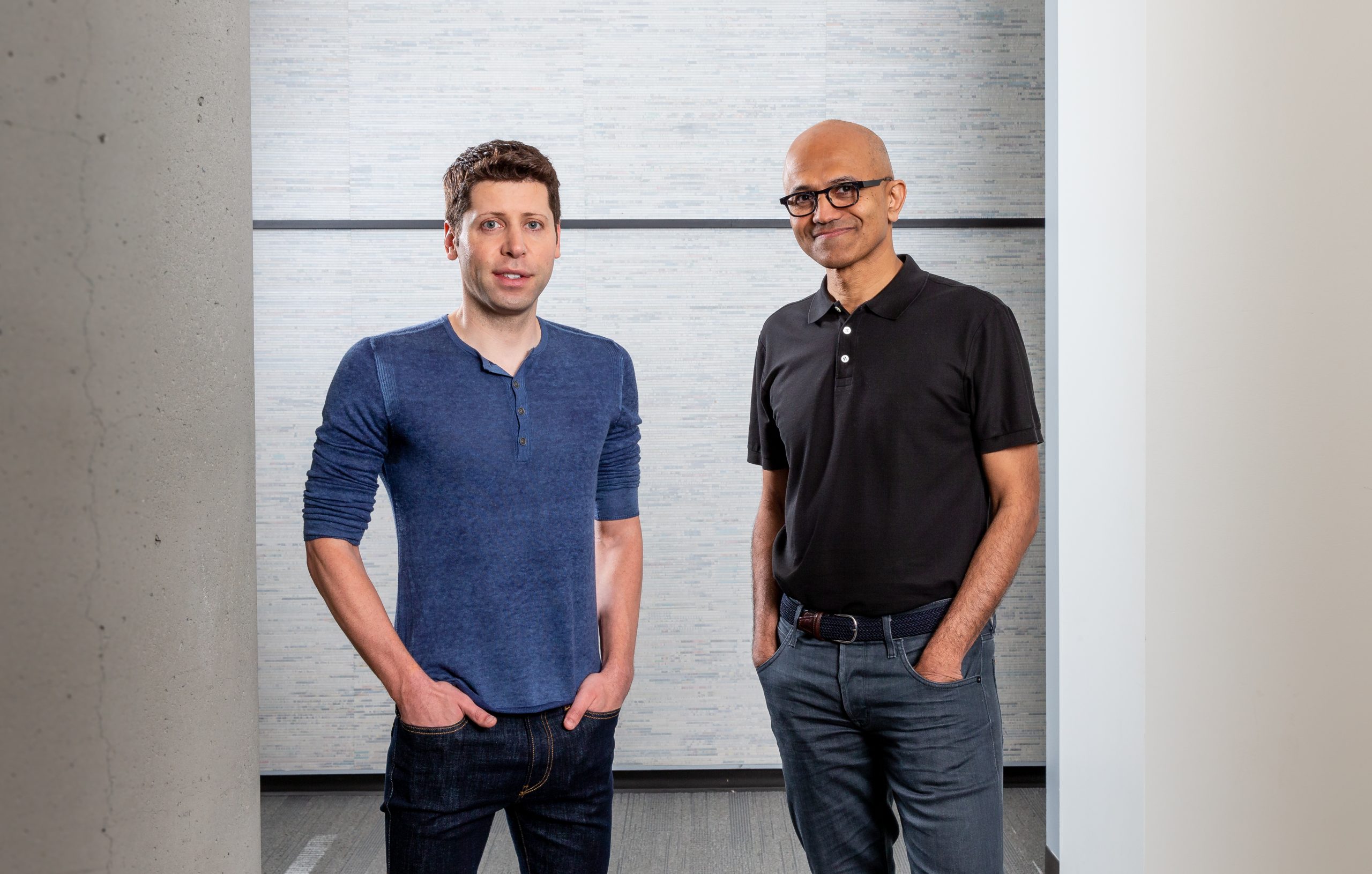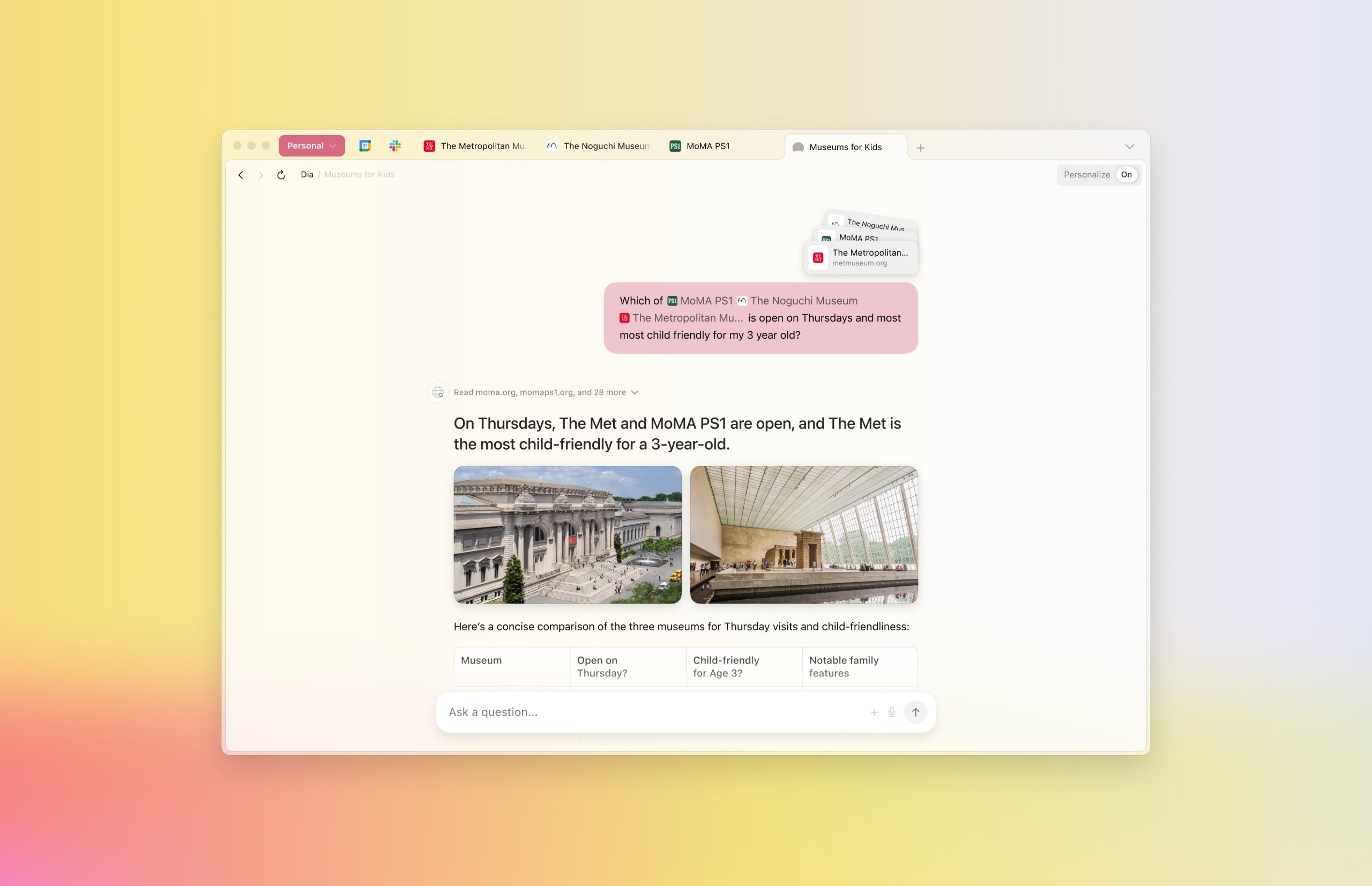
Waymo, the pioneering autonomous driving technology company under Alphabet Inc., has announced a significant expansion of its robotaxi services, introducing its driverless vehicles to Detroit, Las Vegas, and San Diego. This strategic move, revealed on Monday, signals an accelerated push by the company to transition from a long-standing developer of self-driving technology into a robust commercial enterprise, aiming to dramatically scale its operations nationwide.
The Strategic Imperative of Scaling Autonomous Mobility
This latest expansion directly reflects the company’s clear directive to rapidly increase its operational footprint and ride volume. Waymo co-CEO Tekedra Mawakana recently underscored this imperative during TechCrunch Disrupt 2025, emphasizing the critical need for the company to achieve substantial scale. Mawakana articulated an ambitious target, stating that Waymo aims to be facilitating one million trips per week by the close of 2026. This objective highlights the company’s confidence in its technological maturity and its readiness to meet growing demand. As of April, Waymo was already completing over 250,000 rides weekly, a figure that has reportedly increased since, though precise updated numbers have not been publicly disclosed. The expansion into these three new major metropolitan areas is a tangible step towards realizing that ambitious goal, demonstrating a clear acceleration in Waymo’s market penetration strategy.
A Decade-Long Journey to Commercialization: Waymo’s History
Waymo’s journey to this point is a testament to over a decade of intensive research, development, and rigorous testing. Originating in 2009 as Google’s self-driving car project, it was rebranded as Waymo in 2016, solidifying its identity as an autonomous technology company. The initial years were characterized by extensive testing on public roads across various environments, primarily within Silicon Valley. These early phases were crucial for refining the complex interplay of hardware, software, and artificial intelligence that underpins autonomous driving.
The first major commercial milestone arrived with the launch of its fully driverless ride-hailing service in Phoenix, Arizona. This groundbreaking deployment allowed the public to experience robotaxis without a human safety driver for the first time, establishing a foundational model for future expansions. Following its success in Phoenix, Waymo gradually extended its services to other major urban centers, including the San Francisco Bay Area and Los Angeles, two highly complex and dynamic driving environments that further challenged and validated its technology.
More recently, Waymo has adopted a multi-faceted expansion strategy, including strategic partnerships. The company has brought its autonomous vehicles to Atlanta and Austin in collaboration with Uber, integrating its self-driving technology into an existing ride-hailing network. Looking ahead, Waymo has already outlined plans for further significant commercial growth in 2026, targeting a diverse range of new markets such as Denver, Miami, Nashville, Seattle, Washington, D.C., and even an international foray into London. This consistent, phased expansion underscores Waymo’s methodical approach to scaling, building on lessons learned from each new deployment.
The Phased Rollout: Waymo’s Market Entry Strategy
Waymo’s entry into new markets typically follows a carefully structured, multi-phase approach designed to ensure safety, gather data, and gradually build public trust. The initial stage often involves deploying vehicles equipped with Waymo’s autonomous driving system, but operated manually by human drivers. During this period, these vehicles meticulously map the city’s streets, collecting vast amounts of data on road conditions, traffic patterns, signage, and other environmental factors essential for the self-driving software to learn and adapt.
Once sufficient data has been gathered and the system has been thoroughly validated for the specific urban environment, the next phase begins. This involves removing the human safety operator from behind the wheel, allowing the autonomous vehicles to navigate on their own, albeit often with a Waymo employee monitoring the ride from the passenger seat or remotely. These driverless operations are initially conducted on a limited basis, allowing the company to rigorously test the system in real-world conditions.
Following this period of intensive driverless testing, Waymo typically opens access to a select group, including employees, media representatives, and a limited number of early consumers through trusted tester programs. This allows for controlled feedback and further refinement before the service is fully launched to the general public. For the new deployments in Detroit, Las Vegas, and San Diego, Waymo plans to utilize a mix of its self-driving Jaguar I-Pace electric vehicles and its purpose-built Zeekr RT autonomous vehicles. While these vehicles are slated to begin operations this week, public access will not be immediately available, adhering to Waymo’s established gradual rollout strategy.
Local Impact and Enthusiastic Endorsement
The introduction of Waymo’s robotaxi service is anticipated to have a tangible impact on urban mobility in these new markets, and local leaders are expressing optimism. Las Vegas Mayor Shelley Berkley, for instance, issued a statement warmly welcoming Waymo. She emphasized that the deployment of Waymo’s autonomous driving technology is not merely an experimental venture but a "proven, safe, new alternative" designed to enhance transportation options for both the city’s residents and its millions of annual visitors. Berkley highlighted the potential for these services to facilitate movement across the city, from the iconic Strip to broader neighborhoods, and reiterated the city’s commitment to ensuring the responsible adoption of this innovative technology.
Waymo’s prior engagement and existing infrastructure in these cities are key factors in its rapid expansion. The company has previously conducted extensive testing with its autonomous vehicles in Detroit, Las Vegas, and San Diego. Furthermore, Waymo maintains a significant engineering presence in the Detroit area, a hub that has been instrumental in developing and refining the company’s autonomous technology. This familiarity is particularly crucial for Detroit, where Waymo has dedicated considerable resources to preparing for the challenging winter weather conditions. By spending multiple seasons driving across metropolitan Detroit and the Upper Peninsula, Waymo has expanded its winter weather capabilities, ensuring its autonomous vehicles can safely and reliably operate in snowy and icy environments, a critical requirement for year-round service in the region.
The Broader Autonomous Vehicle Landscape and Market Dynamics
Waymo’s rapid expansion is significantly bolstered by what the company describes as a "generalized approach" to its self-driving system. This philosophy aims to develop a core technology that can be adapted and deployed across diverse geographical and environmental conditions with minimal specific re-engineering for each new location. This approach contrasts with more localized or bespoke solutions, potentially offering a more efficient pathway to widespread commercialization and helping to solidify Waymo’s position as a dominant force in the nascent robotaxi market.
However, the autonomous vehicle industry remains a highly competitive arena with several formidable players vying for market share. In Las Vegas, for example, Zoox, an Amazon-owned autonomous vehicle company, already operates a free robotaxi service. Zoox has spent years testing and developing its technology specifically for the unique demands of the Las Vegas urban environment, establishing a notable presence. Beyond direct robotaxi competitors, other major technology and automotive companies are also heavily invested in autonomous driving. Tesla, while not offering a fully driverless robotaxi service in the same vein as Waymo or Zoox, continues to advance its Full Self-Driving (FSD) beta program, which aims to achieve full autonomy and could represent a significant long-term competitive factor as its capabilities evolve and regulatory frameworks mature.
The market for autonomous vehicles is poised for substantial growth, with projections indicating a multi-billion dollar industry in the coming years. This growth is driven by the promise of increased safety, reduced traffic congestion, enhanced accessibility, and potential economic efficiencies. However, the path to widespread adoption is not without its hurdles. Regulatory frameworks are still evolving at local, state, and federal levels, creating a patchwork of rules that companies must navigate. Public acceptance and trust are also critical, influenced by perceptions of safety and reliability, especially following any incidents involving autonomous vehicles. The industry continues to pour billions into research and development, addressing complex "edge cases" – unusual or rare driving scenarios that test the limits of AI perception and decision-making.
Societal and Cultural Implications of Driverless Transport
The proliferation of robotaxi services like Waymo’s carries profound societal and cultural implications. In urban environments, these services could fundamentally reshape the landscape of mobility, offering a new dimension to public transportation and personal travel. For individuals who cannot drive due to age, disability, or lack of access to a personal vehicle, robotaxis offer unprecedented levels of independence and mobility, potentially reducing social isolation and improving access to employment, healthcare, and leisure activities.
Environmentally, the emphasis on electric autonomous vehicles by companies like Waymo contributes to efforts to reduce carbon emissions and improve air quality in cities. The potential for optimized routing and more efficient vehicle utilization could also lead to less traffic congestion, thereby freeing up urban space currently dedicated to parking and road infrastructure. Culturally, the shift from human-driven vehicles to autonomous ones represents a significant paradigm shift, challenging long-held notions of car ownership, driving as a skill, and the role of human agency in transportation. This transition will require ongoing dialogue between technology developers, policymakers, and the public to ensure that these advancements are integrated responsibly and equitably into society.
Technological Underpinnings and Future Outlook
At the core of Waymo’s expansion is its sophisticated self-driving system, which integrates an array of sensors, including cameras, radar, and lidar, to create a comprehensive, real-time 360-degree understanding of the vehicle’s surroundings. This sensor data is then processed by advanced artificial intelligence and machine learning algorithms that predict the behavior of other road users, identify potential hazards, and make driving decisions with human-like, or often superhuman, precision. The “generalized approach” that Waymo champions means that the underlying software and hardware architecture are designed to be robust and adaptable, allowing for more efficient deployment across diverse geographies without having to reinvent the wheel for each new city.
Despite the significant advancements, the autonomous vehicle industry still faces ongoing technical challenges, particularly in mastering the myriad "edge cases" that arise in complex urban environments. These include unpredictable pedestrian behavior, unusual weather phenomena, construction zones, and nuanced social cues that human drivers instinctively understand. Cybersecurity also remains a paramount concern, as autonomous vehicles are increasingly connected and reliant on software, making them potential targets for malicious attacks. The long-term vision for autonomous mobility extends beyond robotaxis to logistics, last-mile delivery, and even personal autonomous vehicles, promising a transformative impact on how goods and people move.
In conclusion, Waymo’s ambitious expansion into Detroit, Las Vegas, and San Diego marks a pivotal moment in the company’s trajectory and for the broader autonomous vehicle industry. This move not only solidifies Waymo’s position as a leader in the commercialization of self-driving technology but also signals a broader acceleration towards a future where driverless transportation becomes an increasingly accessible and integral part of urban life across the nation. The journey to widespread adoption is multifaceted, involving technological innovation, regulatory harmonization, and continuous public engagement, but Waymo’s latest push undeniably propels that future closer to reality.





